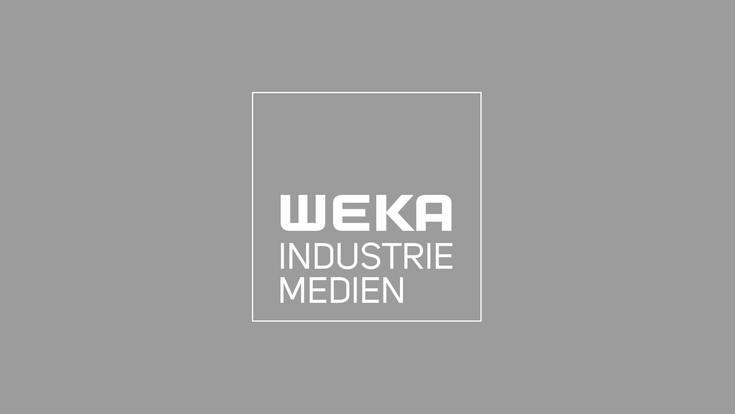Photovoltaic : Photovoltaic module recycling

The focus was on c-Si modules based on solar cells made of crystalline silicon, which account for by far the largest share of PV modules that are recycled. Overall, however, the quantities produced are still very small. As of 2019, there is only one facility in Europe that explicitly handles PV modules. This is operated by Veolia in cooperation with PV Cycle in Rousset, France, and has an annual capacity of 4,000 tons. In recycling plants for flat glass, co-treatment of photovoltaic modules takes place.
Two common processes
The PV recycling process (specialized process) includes: pre-treatment to remove the frame and junction box, and mechanical compound separation to expose the materials and recover the recyclables. In this process, the modules are first cut into small squares (approx. 100 x 100 mm) and subsequently additionally crushed using a hammer mill. Further processing provides for the separation of various fractions - including glass, copper, silicon and a mixed fraction rich in plastics - by classic mechanical processing units (screens, air classifiers, eddy current separators, etc.). The encapsulation material represents the central connection between the individual module layers; thus, its removal is the main task in the course of compound separation. A variety of mechanical, thermal and/or chemical processes can be used for this step.Pretreatment also takes place in flat glass recycling to remove the frame and junction box. The remaining module - also called laminate - is then fed into a shredding process. This is usually also a two-stage process, but does not include any "cutting up" of the modules - instead, depending on the plant, it uses an individual combination of mills, crushers and shredders. Compared to the specialized recycling process, the recyclable material selectivity is lower. For example, silicon is not separated and ends up in a mixed fraction.
With loss of valuable materials
The Austrian University of Leoben positively noted that the mechanical treatment methods used are not very cost-intensive on an industrial scale. In addition, the PV modules can be economically processed regardless of their condition (intact, broken glass plate, burn hole, etc.). The recycling rate, according to the WEEE Directive of 85 percent in the EU, is usually achieved, he said. The recovered glass as well as the components removed during pre-treatment (frame and junction box including cable) were sufficient to meet the specifications.
The losses of valuable but low-quantity materials during further processing proved to be a disadvantage. Silver (in all cases) and silicon (in the case of flat glass recycling) are not recovered, but end up in a mixed fraction, which is then usually subjected to thermal treatment. Furthermore, the recovered glass fraction is a lower quality material. Impurities - mainly fine metal particles that adhere to the glass due to mixing during crushing - prevent it from being used as a secondary raw material in the flat or container glass industry. Instead, the material is used for the production of insulating material.
One solution: layer-bylayer separation
According to the investigations of the University of Leoben, the layer-by-layer separation of the PV module or laminate offers a solution. Different materials can be separated without contamination. The process makes it possible to concentrate pollutants - for example, the fluorine contained in many backsheet films - specifically in one fraction.
A separation of the non-glass layers by means of a water nozzle was realized by the company LuxChemtech (formerly Loser Chemie). The results of this process are the unbroken glass sheet, a mixed fraction of encapsulation and cell material, and the separately separated back sheet. In which qualities, however, is not known. In another project, a milling machine was used to selectively separate the back sheet from the rest of the laminate. This served to remove the fluorine from the system - as a pre-treatment for a downstream thermal process for composite separation.
In principle, however, it appears possible to use this method to separate the encapsulation and cellular material from the glass sheet as well. The use of a hot wire (150 to 200 °C) to separate the front glass and cell material has already been investigated. Separation of the two layers was possible; however, both the cell material and the glass were contaminated with encapsulant. Specially manufactured modules without a back sheet and with thermoplastic encapsulation material were used for the experiments. An application for modules with ethylene vinyl acetate (EVA) as encapsulation material (= current state of the art) was not carried out. An industrial implementation of these methods is not known.
